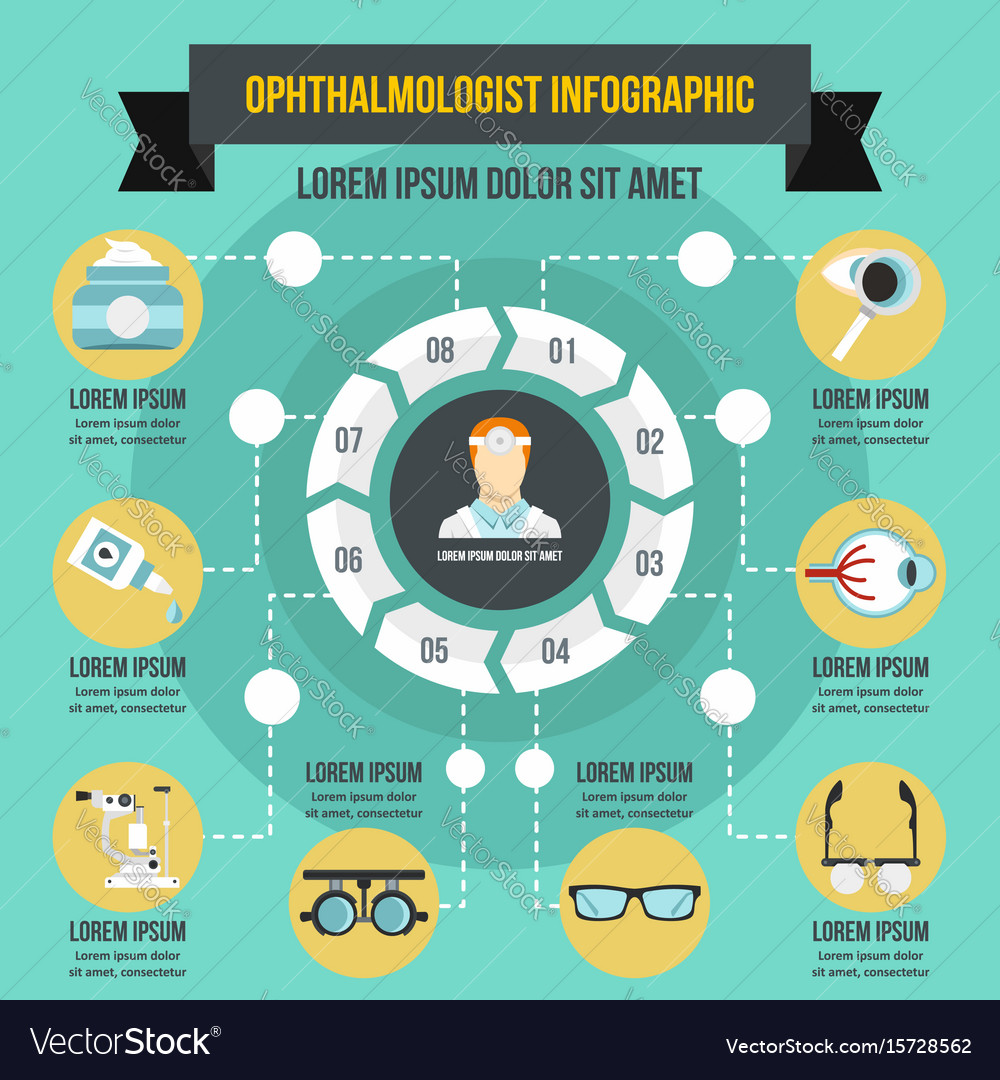What Are The Differences And Similarities Between SMILE Eye Surgical Treatment And LASIK And PRK?
What Are The Differences And Similarities Between SMILE Eye Surgical Treatment And LASIK And PRK?
Blog Article
Write-Up Writer-Adler Wilder
If you have actually been considering SMILE eye surgery, you could question exactly how it compares to LASIK and PRK. Each procedure has its very own set of advantages and factors to consider. From quicker recovery times to prospective threats, there are vital differences you should know prior to making a decision. Comprehending these differences will help you make an informed selection that aligns with your specific demands and assumptions. Curious to understand even more concerning how these treatments contrast thoroughly? Continue exploring to obtain a thorough understanding of SMILE, LASIK, and PRK.
SMILE Eye Surgical Treatment Overview
If you're taking into consideration SMILE eye surgery, you'll find it to be a minimally invasive procedure with a fast healing time. During SMILE (Little Incision Lenticule Removal), a laser is used to develop a tiny, specific incision in the cornea to get rid of a small item of cells, improving it to correct your vision. This differs from LASIK, where a flap is developed, and PRK, where the outer layer of the cornea is completely removed.
One of the crucial benefits of SMILE is its minimally invasive nature, causing a faster healing process and much less discomfort post-surgery. The healing time for SMILE is reasonably fast, with several individuals experiencing enhanced vision within a day or two. This makes it a preferred option for those seeking a convenient and reliable vision modification treatment. Additionally, SMILE has been revealed to have a reduced risk of completely dry eye syndrome contrasted to LASIK, making it a desirable option for people concerned about this prospective side effect.
Differences In Between SMILE, LASIK, and PRK
When comparing SMILE, LASIK, and PRK eye surgeries, it is necessary to recognize the distinctive techniques utilized in each treatment for vision improvement.
SMILE (Little Laceration Lenticule Removal) is a minimally invasive procedure that entails producing a little laceration to draw out a lenticule from the cornea, reshaping it to correct vision.
LASIK (Laser-Assisted In Situ Keratomileusis) entails developing a slim flap on the cornea, making use of a laser to reshape the underlying cells, and afterwards repositioning the flap.
https://www.benzinga.com/money/compare-vision-insurance/ (Photorefractive Keratectomy) removes the external layer of the cornea before reshaping the cells with a laser.
The primary distinction depends on the means the cornea is accessed and dealt with. how to qualify for cataract surgery is flapless, making it an excellent choice for individuals with slim corneas or those associated with call sporting activities. LASIK supplies fast aesthetic recuperation because of the flap development, but it might pose a higher risk of flap-related difficulties. PRK, although having a much longer recovery duration, avoids flap-related issues completely.
Comprehending these differences is essential in picking one of the most suitable procedure for your vision adjustment demands.
Pros and Cons Contrast
To evaluate the benefits and downsides of SMILE, LASIK, and PRK eye surgeries, it's essential to think about the particular benefits and possible limitations of each procedure. SMILE surgery supplies the benefit of a minimally invasive procedure, with a smaller incision and potentially quicker healing time contrasted to LASIK and PRK. It additionally reduces the threat of dry eye post-surgery, a common side effect of LASIK. However, SMILE might have limitations in dealing with greater levels of nearsightedness or astigmatism contrasted to LASIK.
LASIK surgical treatment offers rapid aesthetic recovery and marginal discomfort during the procedure. It's very effective in dealing with a wide variety of refractive errors, including nearsightedness, hyperopia, and astigmatism. Yet, LASIK brings a threat of flap issues, which can impact the corneal framework.
PRK eye surgery, while not as preferred as LASIK, prevents developing a corneal flap, decreasing the threat of flap-related issues. It appropriates for people with thin corneas or irregular corneal surface areas. Nonetheless, PRK has a much longer recuperation time and may entail much more discomfort throughout the healing procedure.
Verdict
So, when it involves selecting in between SMILE, LASIK, and PRK, think of it like picking the excellent pair of shoes. SMILE is like a sleek, comfy set of tennis shoes - quick and very easy.
LASIK is more like stylish high heels - showy and quick, yet with some possible risks.
PRK resembles sturdy treking boots - trusted and sturdy, but needing a little bit more time and effort.
Ultimately, the best choice depends upon your individual requirements and preferences.
